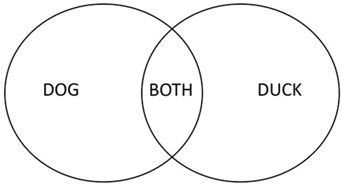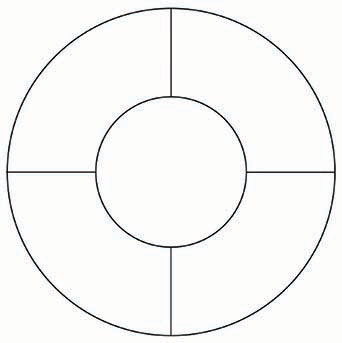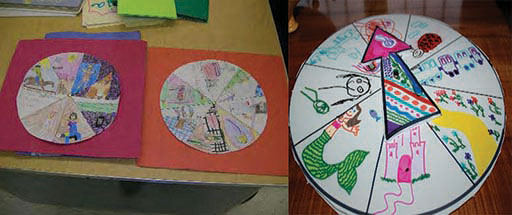Resource 3: Examples of post-reading activities
First read the short story, ‘A Different Kind of Duck’. Then look at the post-reading activities below.
‘A Different Kind of Duck’
There was once a dog who wanted to be a duck. He lived on a farm with some ducks. Everywhere the ducks went, the dog went too.
The dog knew he did not look like a duck. Ducks have wings, and he didn’t. Ducks’ feet were big and flat, but his were small and round. Ducks had bills, but he had a little black nose. He was white like the ducks, but that was the only thing that was the same.
‘I’ll just be a different kind of duck,’ said the dog.
One morning the dog was with the ducks when they took off into the air. The dog ran after them, calling, ‘Come back, come back!’ He jumped into the air and flapped his legs to fly, but he just fell down instead.
‘This is no fun,’ thought the dog. ‘Maybe I should be happy just being a dog.’
Worksheet
- How is the dog different from the ducks in this story?
- a.The dog lived on a farm.
- b.The dog has a bill
- c.The dog has small, round feet.
- What happened in the story that cannot happen in real life?
- a.The ducks swam in the water.
- b.The dog went everywhere with the ducks.
- c.The dog spoke to the ducks.
- Fill in the Venn diagram (Figure R3.1) to show how the dog and the duck look alike and different from each other.

- What would happen if the dog had wings? What would happen if you had wings?
Sentence completion
Complete the sentences below using the appropriate words: ‘flew’, ‘fly’, ‘lived’, ‘tried’, ‘wanted’, ‘tried’, ‘knew’, ‘ran’, ‘run’, ‘barked’ and ‘bark’.
- A dog and some ducks ____________ on a farm.
- Ducks can ____________ while a dog can ____________.
- The dog ____________ it cannot ____________, but it ____________ to.
- When the ducks ____________ the dog ____________ behind them.
- Though it ____________ the dog could not ____________. It thought, ‘Ducks cannot ____________ like me.’
In shared reading using a large text, you can ‘hide’ words and ask students to predict the word that is covered. You can also hide part of a word and ask students to predict the covered word based on the first letter they see. This is an effective way to help students focus on initial letter sounds of words. For example: ‘Ducks can f___ while a dog can r___.’
Table completion
Make as many meaningful sentences as possible from Table R3.1.
Table R3.1 Make as many meaningful sentences as possible from this table.
| Dogs | can | bark. |
| swim. | ||
| Ducks | cannot | run. |
| fly. | ||
| I | sing. |
Story wheel
Use the template in Figure R3.2 to make your story wheel. Write the title of the story in the centre circle. Draw pictures or write what the dog did and what the ducks did in the four quadrants of the outer circle. Have students tell their stories, using their story wheels.

You can make a story wheel with more sections. If you put a pin in the centre of the wheel and attach the wheel to a larger piece of paper, you can turn the wheel to show each section of the story (Figure R3.3). Students can also make paper arrows that point to each section of the story.

Resource 2: Planning lessons
